Market Growth Projections
The Global South Korea Radioligand Therapy Market RLT Market Industry is poised for substantial growth, with projections indicating a market value of 750 USD Million in 2024 and a remarkable increase to 2500 USD Million by 2035. This growth trajectory suggests a compound annual growth rate of 11.57% from 2025 to 2035, reflecting the increasing demand for effective cancer treatments. The market's expansion is likely driven by various factors, including technological advancements, government support, and rising cancer incidence, all contributing to a dynamic and evolving landscape.
Technological Advancements
Rapid advancements in radioligand therapy technology are propelling the Global South Korea Radioligand Therapy Market RLT Market Industry forward. Innovations in radiopharmaceuticals and imaging techniques enhance the precision and efficacy of treatments, thereby attracting healthcare providers and patients alike. These technological improvements not only improve patient outcomes but also increase the market's appeal. As the industry evolves, it is anticipated that the market will experience a compound annual growth rate of 11.57% from 2025 to 2035, underscoring the potential for growth driven by these advancements.
Increasing Cancer Incidence
The rising prevalence of cancer globally, particularly in South Korea, serves as a primary driver for the Global South Korea Radioligand Therapy Market RLT Market Industry. With cancer cases projected to increase significantly, the demand for innovative treatment options like radioligand therapy is expected to rise. In 2024, the market is valued at approximately 750 USD Million, reflecting the urgent need for effective therapies. As more patients seek advanced treatment modalities, the market is likely to expand, potentially reaching 2500 USD Million by 2035, indicating a robust growth trajectory.
Government Support and Funding
Government initiatives and funding aimed at cancer research and treatment development significantly influence the Global South Korea Radioligand Therapy Market RLT Market Industry. South Korea's commitment to enhancing healthcare infrastructure and supporting innovative therapies fosters a conducive environment for market growth. Increased public and private investments in radioligand therapy research are likely to accelerate the development of new treatment options. This supportive framework may lead to a more robust market presence, with projections indicating a market value of 2500 USD Million by 2035, reflecting the positive impact of government involvement.
Collaborations and Partnerships
Strategic collaborations and partnerships among pharmaceutical companies, research institutions, and healthcare providers are instrumental in shaping the Global South Korea Radioligand Therapy Market RLT Market Industry. These alliances facilitate knowledge sharing, resource pooling, and accelerated development of new therapies. By leveraging combined expertise, stakeholders can enhance the efficacy and accessibility of radioligand therapies. Such collaborative efforts are expected to contribute to the market's growth, with projections indicating a compound annual growth rate of 11.57% from 2025 to 2035, highlighting the potential for innovation through partnerships.
Growing Awareness and Acceptance
The growing awareness and acceptance of radioligand therapy among healthcare professionals and patients are pivotal for the Global South Korea Radioligand Therapy Market RLT Market Industry. As educational initiatives and clinical evidence regarding the benefits of radioligand therapy proliferate, more patients are likely to consider this treatment option. This shift in perception can lead to increased adoption rates, thereby expanding the market. The anticipated growth trajectory, with a market value of 750 USD Million in 2024 and a potential rise to 2500 USD Million by 2035, underscores the importance of awareness in driving market dynamics.


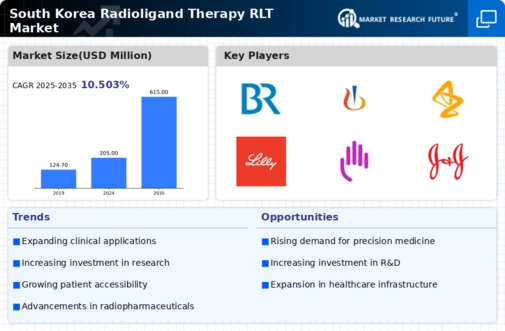
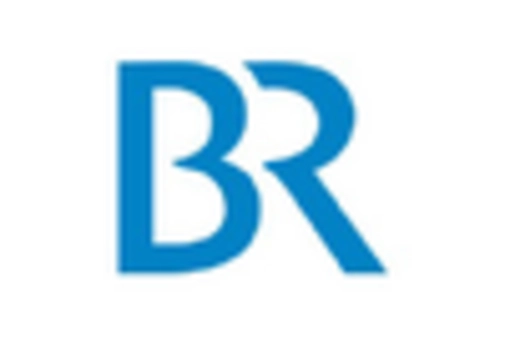
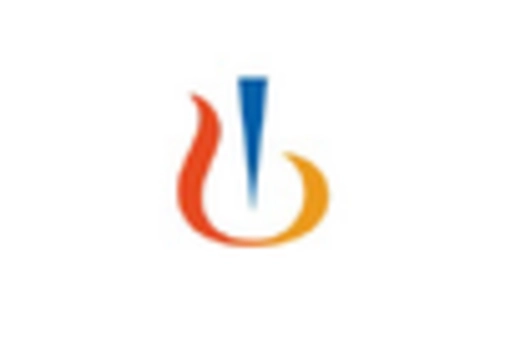
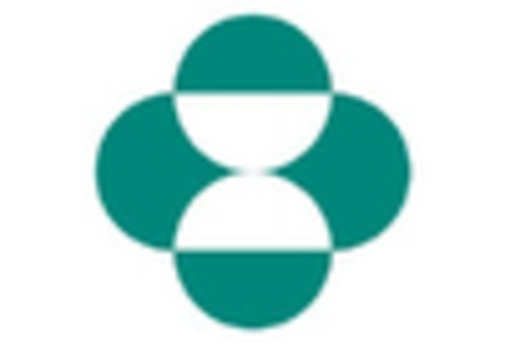
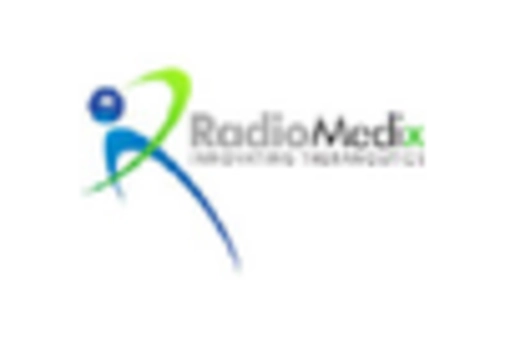
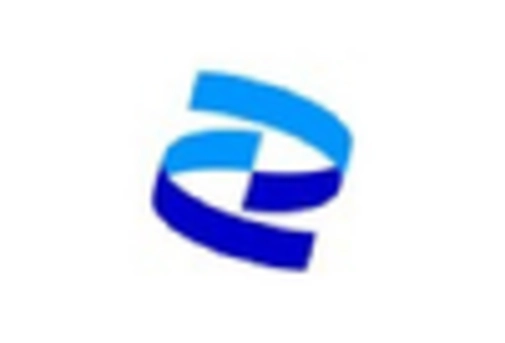
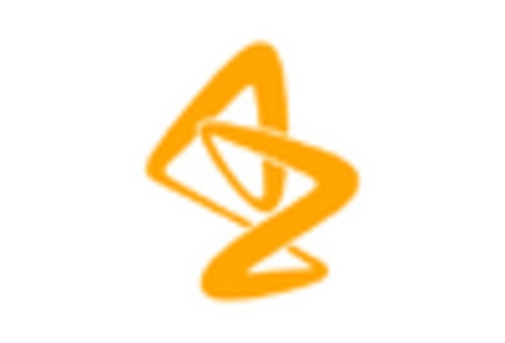
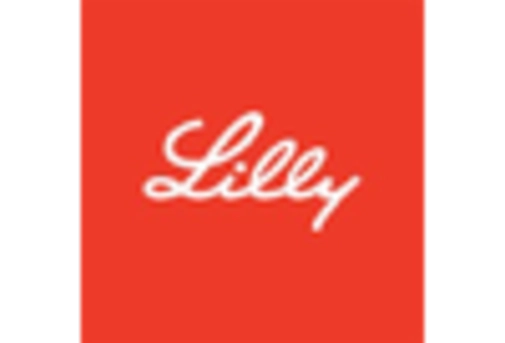
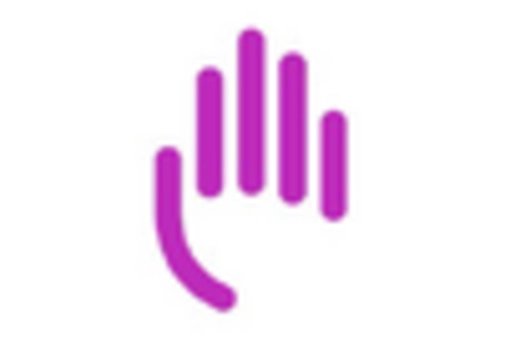
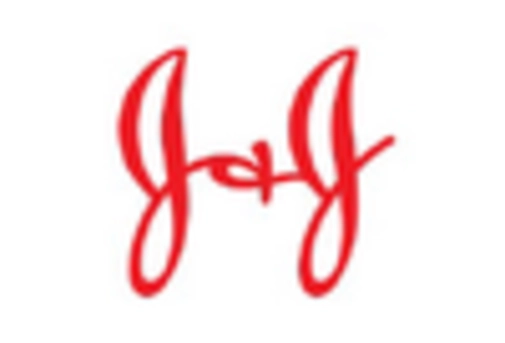
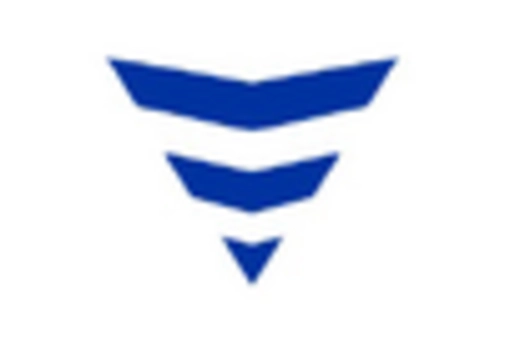
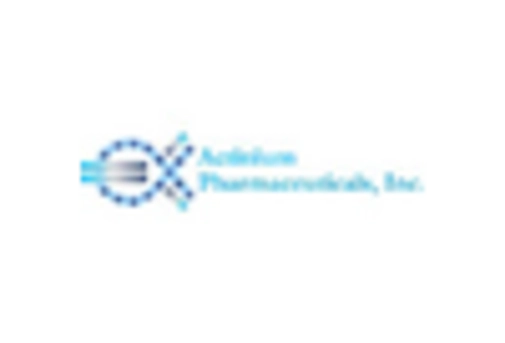








Leave a Comment